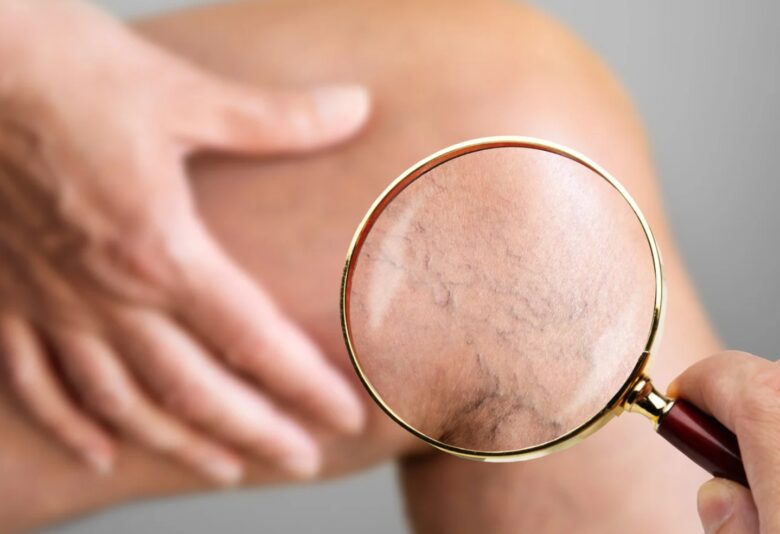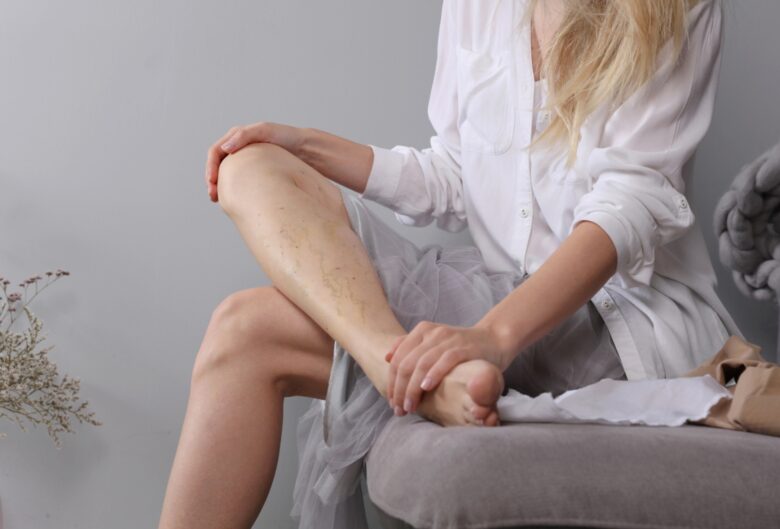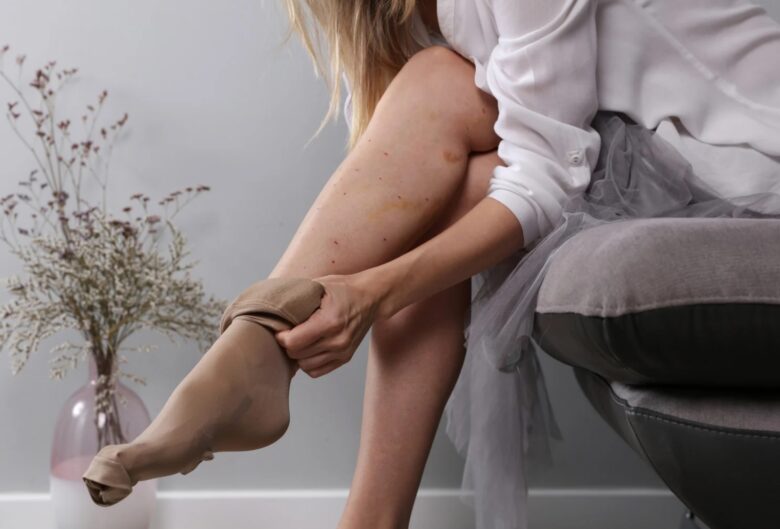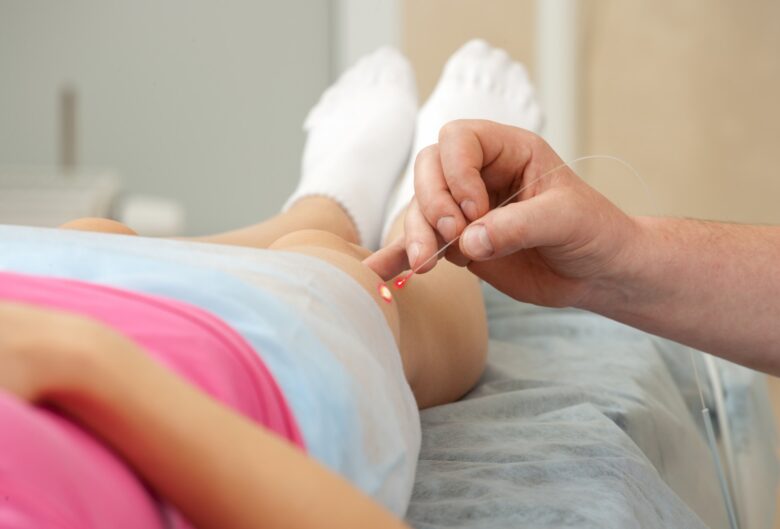Nowadays, varicose veins are a prevalent but often underestimated health problem. Still, many people need to know what it is and how to notice the warning signs. That’s why having a thorough understanding can help find suitable treatment. From the causes to the treatment options, knowing the risks and how to guard against them is crucial. Furthermore, we look into the treatment methods so you can decide on the most suitable solution for you.
Contents
What are Varicose Veins?
Varicose veins usually look enlarged and gnarled, with a purplish-blue hue. Primarily showing up in the lower extremities due to weight-bearing, faulty valves in the veins fail to move blood back up to the heart. This blood stagnation causes the veins to balloon, creating pain and bad looks. Fortunately, they don’t pose a major medical risk.

Source: canva.com
Who is at Risk for Varicose Veins?
Typically, anyone can get varicose veins. However, certain people are more susceptible. Women are more prone than men, and the risk increases with age. Other factors which raise the chances of developing them are pregnancy, obesity, family history, long-term standing, or sitting.
Symptoms of Varicose Veins
Varicose veins are enlarged and twisted veins commonly appearing on the legs and feet. They are often blue or purple and can be unsightly, sometimes causing discomfort and pain. Recognizing the symptoms of varicosities is crucial in seeking treatment and preventing further complications. Here are some common symptoms to look out for:
- Bulging or twisted veins on the legs and feet
- Aching or heavy feeling in the legs, especially after standing for long periods
- Itching or burning sensation around the affected veins
- Swelling or inflammation in the legs and ankles
- Skin discoloration or ulceration around the affected area

Source: canva.com
Factors That Can Cause Varicose Veins
Varicose veins can arise due to multiple causes and factors. Comprehending the reasons is necessary for protecting against and controlling their signs. Below are some usual sources:
- Age: Our vein valves become frail, creating blood clots and varicosities.
- Gender: Women develop varicosities more often due to hormonal fluctuations like pregnancy.
- Pregnancy: The amplified blood volume during pregnancy and hormonal alterations can result in varicose veins.
- Obesity: Being overweight adds pressure on the veins, which hinders proper blood flow and raises the risk of varicosities.
- Family History: Possessing a family history of varicose veins boosts the chances of having them.
- Prolonged Sitting or Standing: Extensive sitting or standing can reduce blood circulation and spur varicosities.
- Blood Clots: Blood clots can damage vein valves and cause varicose veins.
How to Diagnose Varicose Veins
Southwest Surgery suggests a thorough physical exam for proper diagnosis. Sometimes, imaging tests like ultrasound or venography are done to understand the seriousness of the issue. These tests can also detect any other health conditions linked to varicose veins. If you have this problem, seeking medical advice is crucial for the correct diagnosis and suitable treatment.
Treatment Options
Varicose veins are an ordinary issue influencing a lot of individuals. Luckily, there are a few alternatives accessible to help oversee and alleviate the side effects related to varicose veins. The treatment decision will rely upon the seriousness of the condition. The side effects experienced, and the individual’s general well-being. This segment will investigate a portion of the treatment alternatives usually utilized for varicose veins.

Source: canva.com
Compression Stockings
Compression stockings are frequently the main line of treatment for varicose veins. These modified stockings give graduated compression, which helps to upgrade the bloodstream and decrease swelling. They come in various degrees of compression, and your primary care physician will prescribe the most suitable degree, dependent on your particular needs. Compression stockings can be worn as the day progresses to help the influenced veins continuously.
Sclerotherapy
Sclerotherapy is a negligibly obtrusive methodology that includes infusing a solution straightforwardly into the influenced veins. The solution causes the veins to break down and stay together, in the long run blurring away. Sclerotherapy is regularly used to treat littler varicose veins and spider veins. The system is typically performed in a doctor’s office and doesn’t require anesthesia.
Endovenous Laser Ablation
Endovenous laser ablation, otherwise called EVLA or endovenous laser treatment (EVLT), is a method that uses laser vitality to treat bigger varicose veins. During the methodology, a laser fiber is embedded into the influenced vein, and laser vitality is utilized to heat and seal the vein. This causes the vein to crumple and, at last, be reabsorbed by the body. EVLA is performed under nearby anesthesia and is viewed as a powerful treatment choice.
Ambulatory Phlebectomy
Ambulatory phlebectomy is a careful method that includes the evacuation of varicose veins through little entries in the skin. The system is performed under neighborhood anesthesia and is regularly utilized for bigger varicose veins near the outside of the skin. Ambulatory phlebectomy can give prompt help from side effects and is related to insignificant scarring.
Laser Vein Ablation
Laser vein ablation is a methodology that uses laser vitality to close off and obliterate varicose veins. During the strategy, a tiny laser fiber is embedded into the influenced vein, and laser vitality is utilized to heat and seal the vein. Laser vein ablation is insignificantly intrusive and frequently performed on an outpatient basis.

Source: canva.com
10 Lifestyle Changes to Help Manage Varicose Veins
Living a healthy life and making some modifications can assist in managing varicose veins and alleviating symptoms. Here are some lifestyle changes you can incorporate into your daily schedule:
- Exercise frequently: Participating in low-impact exercises like walking, swimming, or cycling can advance circulation and bolster leg muscles.
- Keep a balanced weight: Shedding excess pounds can reduce pressure on the veins and increase blood flow.
- Prop up your legs: Elevating your legs over the level of your heart for 15-20 minutes a few times daily can help reduce puffiness and assuage soreness.
- Avoid sitting or standing in one place too long: Pause and move around every 30 minutes to improve blood flow.
- Wear roomy garments: Avoid constricting apparel, especially around the waist and legs, as they can obstruct blood flow.
- Stick to a balanced diet: Consume a diet enriched with fiber, fruits, and vegetables to boost all-around vascular well-being.
- Skip high heels: Choose comfortable shoes with low heels to reduce leg stress.
- Don’t cross your legs: Crossing your legs can hamper blood flow, so attempt to keep them uncrossed.
- Drink plenty of water: Hydrate to maintain sound blood circulation.
- Stop smoking: Smoking damages blood vessels and diminishes circulation, heightening the chance of varicose veins.
Final Thoughts
Don’t accept varicose veins as a natural part of life. Numerous treatments exist, from minor procedures to modifications in habits. Don’t let this condition control your lifestyle or confidence. Visit a doctor to weigh the solutions and ensure your wellness. You can handle varicosities and cultivate better health through the right remedy and personal maintenance.
